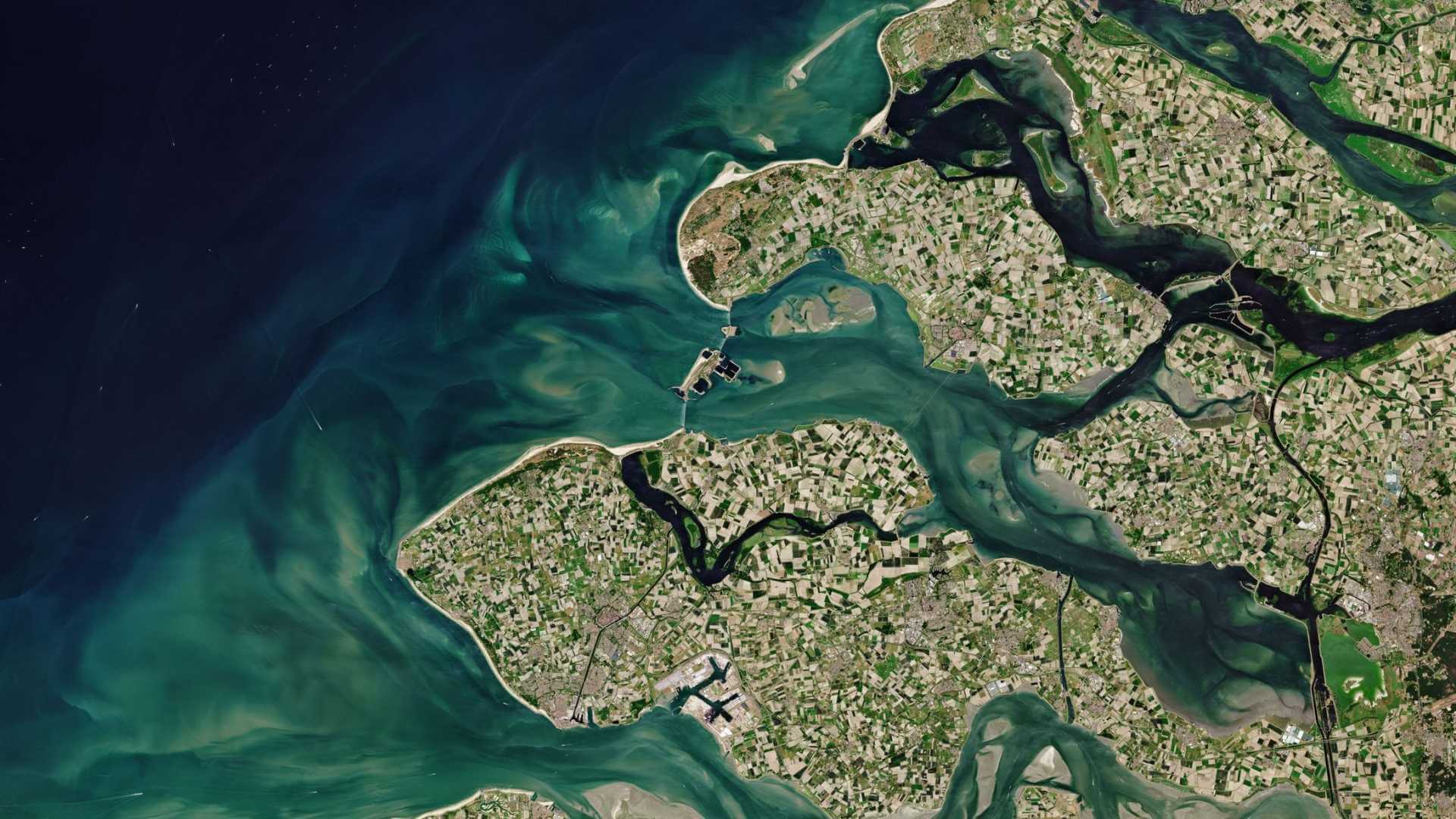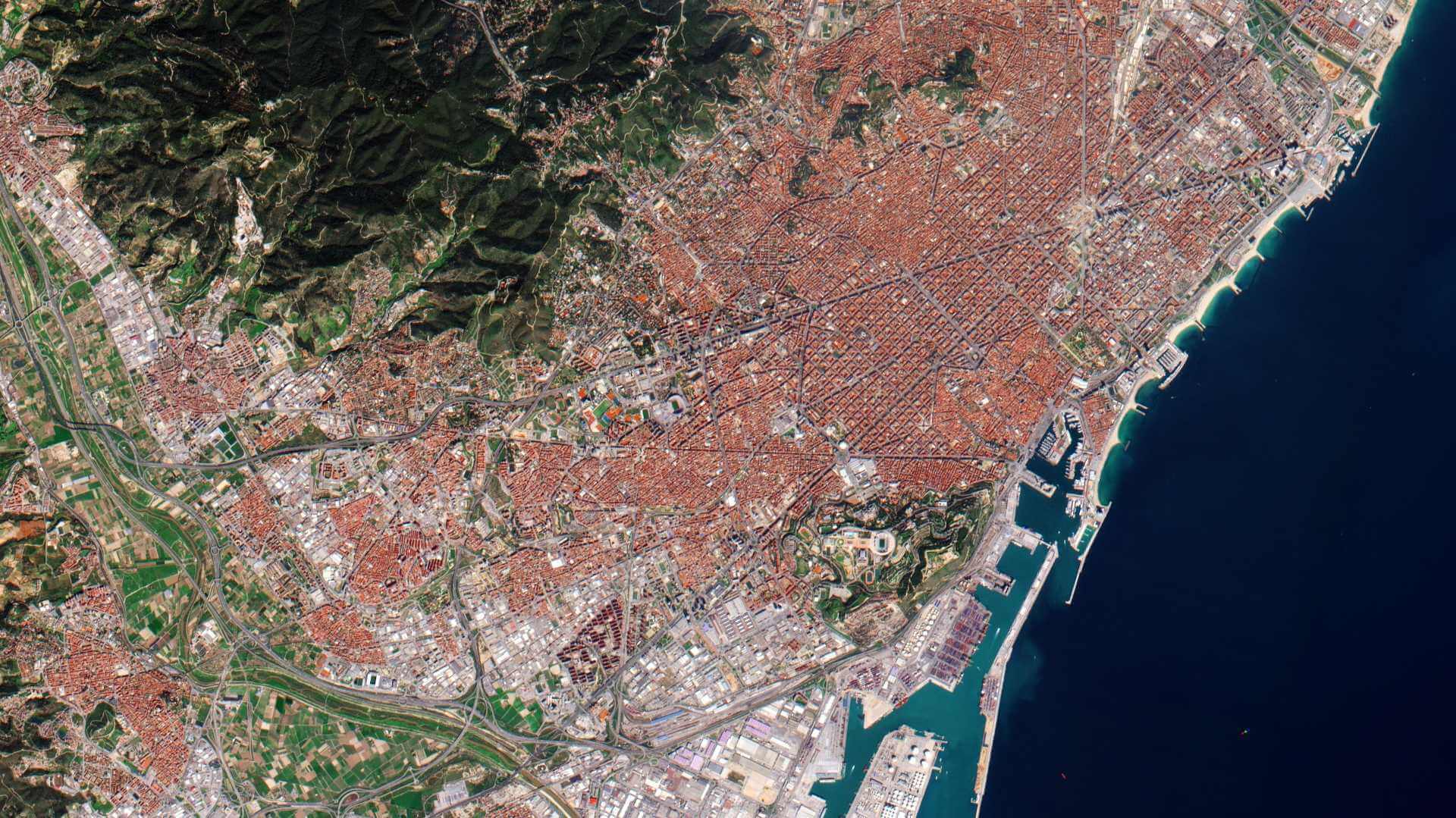Featured
About OceanSat-2
OceanSat-2 was an oceanography satellite owned by the Indian Space Research Organisation (ISRO), which launched on 23 September 2009 and ceased operations in December 2022.
| Orbit Height | 720 km |
| Orbit Type | Polar Sun-synchronous |
| Orbit Period | 99.31 minutes |
| Revisit Time | 2 days |
| Inclination | 98.28° |
| Equator Crossing Time | 12:00 |
OceanSat-2 Objectives
The main objectives of OceanSat-2 were to study surface winds and ocean surface strata, observation of chlorophyll concentrations, monitoring of phytoplankton blooms, study of atmospheric aerosols and suspended sediments in the water.
OceanSat-2 played an important role in forecasting the onset of the monsoon and its subsequent advancement over the Indian subcontinent and over South-East Asia.
OceanSat-2 Instruments
OCM-2 (Ocean Colour Monitor-2)
OCM-2 was an improved version of the one flown on OceanSat-1. OCM-2 was a solid-state radiometer providing observations in eight spectral bands in the VNIR region. It was an 8-band multi-spectral camera operating in the Visible – Near infrared spectral range. This camera provided an instantaneous geometric field of view of 360 m and a swath of 1420 km. OCM could be tilted up to + 20 degrees along track.
| Parameter | Value |
| Spectral Range (8 bands) | 0.4 - 0.9 µm (VNIR) |
| Scan Plane Tilt | ±20º,to avoid sun glitter |
| Camera MTF | >20% at Nyquist frequency |
| IFOV at nadir (spatial resolution) | LAC: 360 m x 236 m GAC: 1 km |
| FOV (swath) | 1420 km (±43º) |
| Tilt Capability | ±20º along track |
| Data Quantization | 12 bit |
| Data Rate (real-time) | 20.8 Mbit/s |
| Instrument Mass | 78 kg |
| SNR | > 512 (saturation) |
| Effective Focal Length | 20 mm |
| Absolute Radiometric Accuracy | <10% |
| Onboard Calibration | 2 LEDs per band |
| Instrument Power | 134 W |
| Spectral Band | Wavelength Range (nm) | Application |
| B1 | 404-424 | Yellow substance absorption |
| B2 | 431-451 | Chlorophyll absorption |
| B3 | 476-496 | Chlorophyll and other pigments |
| B4 | 500-520 | Turbidity and suspended sediments |
| B5 | 546-566 | Chlorophyll reference |
| B6 | 610-630 | Total suspended matter estimation |
| B7 | 725-755 | Atmospheric correction |
| B8 | 845-885 | Atmospheric correction/aerosol optical thickness |
Non-scientific Measuring Instruments
Scanning Scatterometer (SCAT): an active microwave device used to determine ocean surface level wind vectors through estimation of radar backscatter.
Radio Occultation Sounder for Atmospheric Studies (ROSA): a GPS occultation receiver provided by ASI (the Italian Space Agency) with an objective to characterise the lower atmosphere and the ionosphere.
OceanSat-2 Data
DATA COLLECTIONS
ESA offers to registered user the access through the Online Dissemination server to the following data collections:

